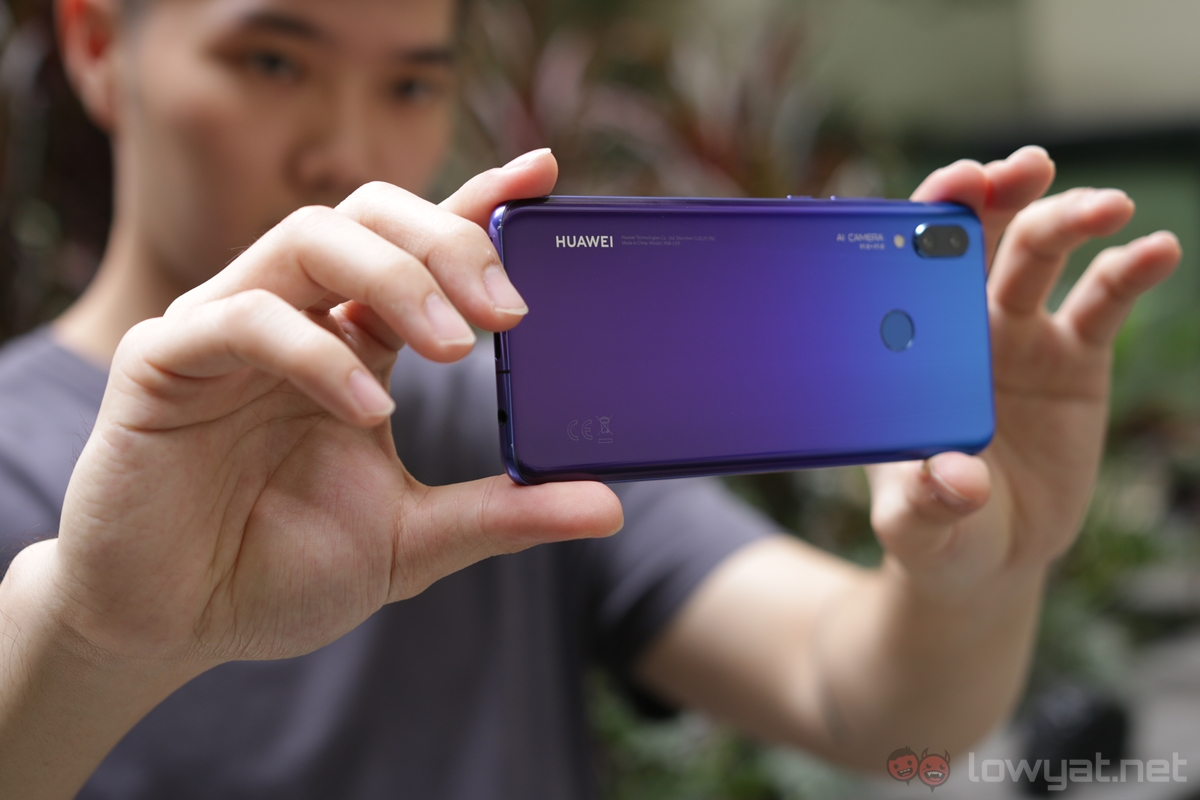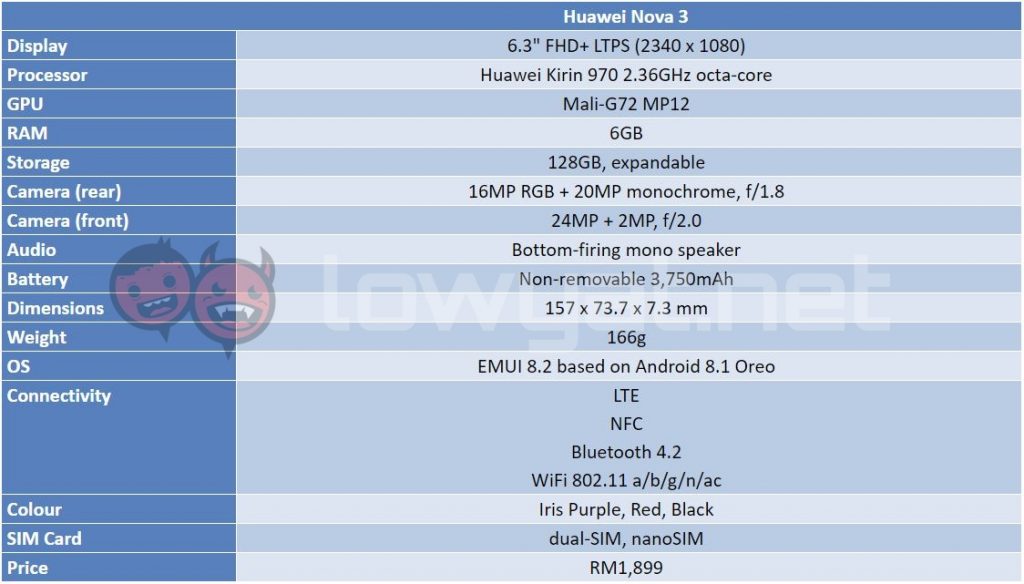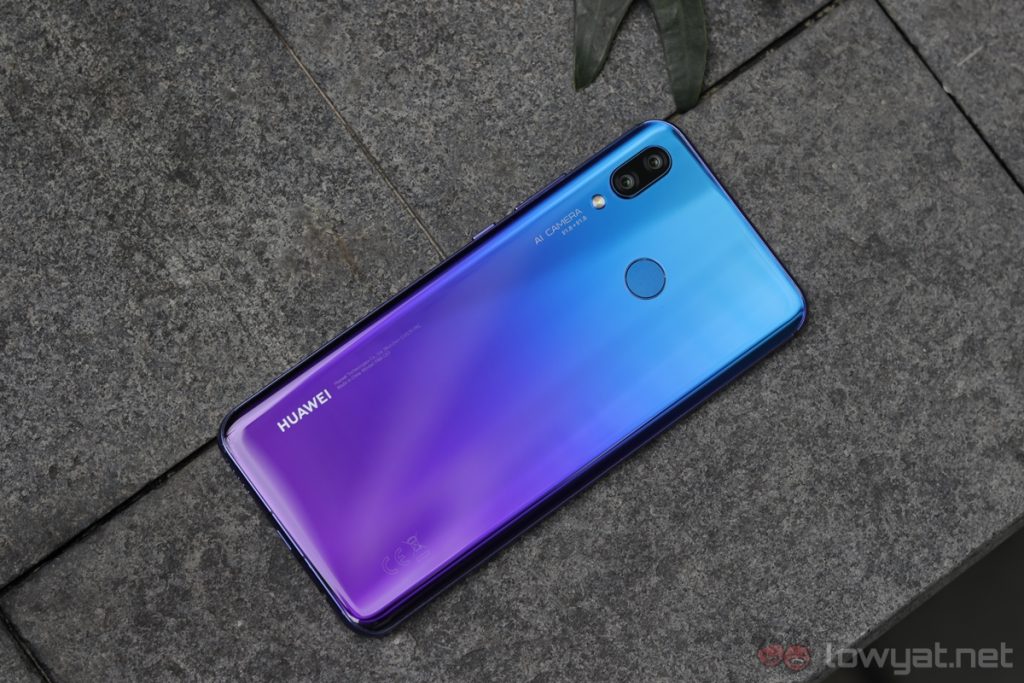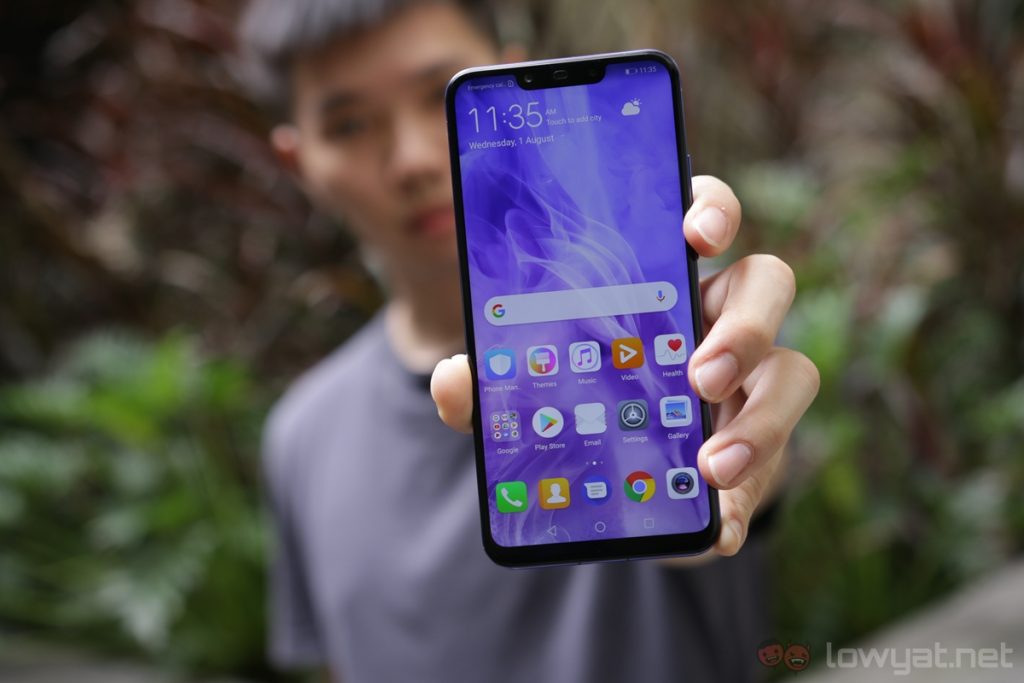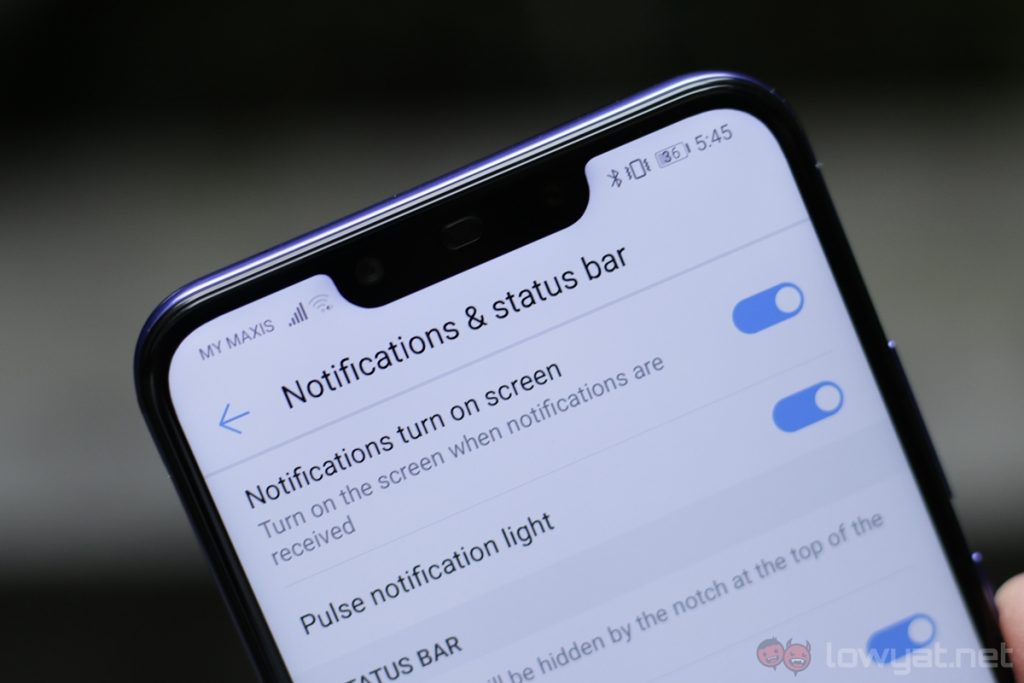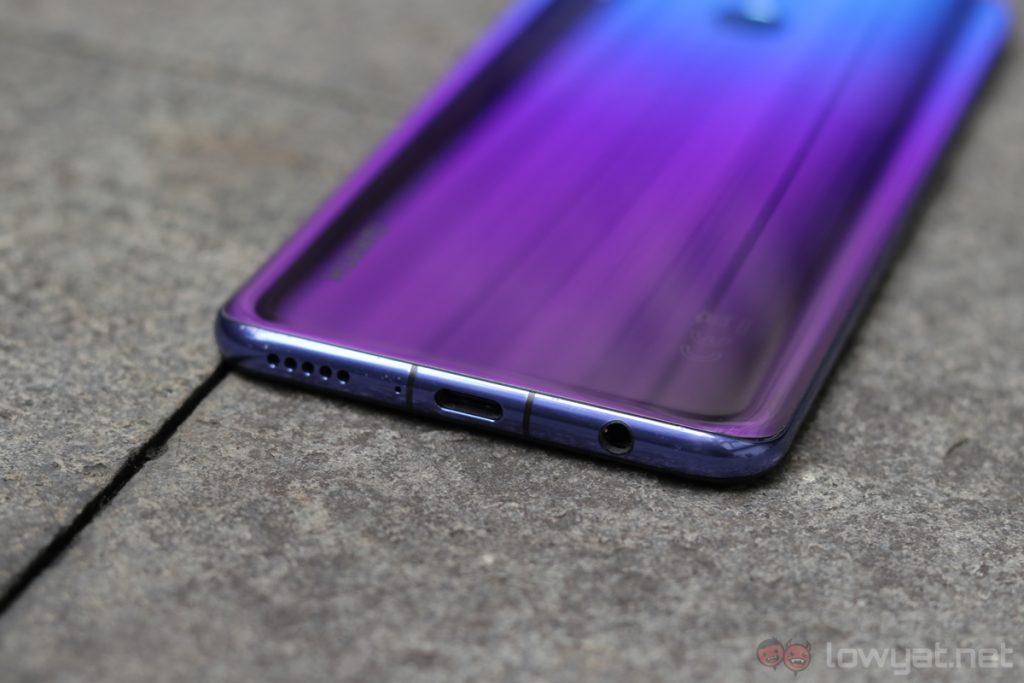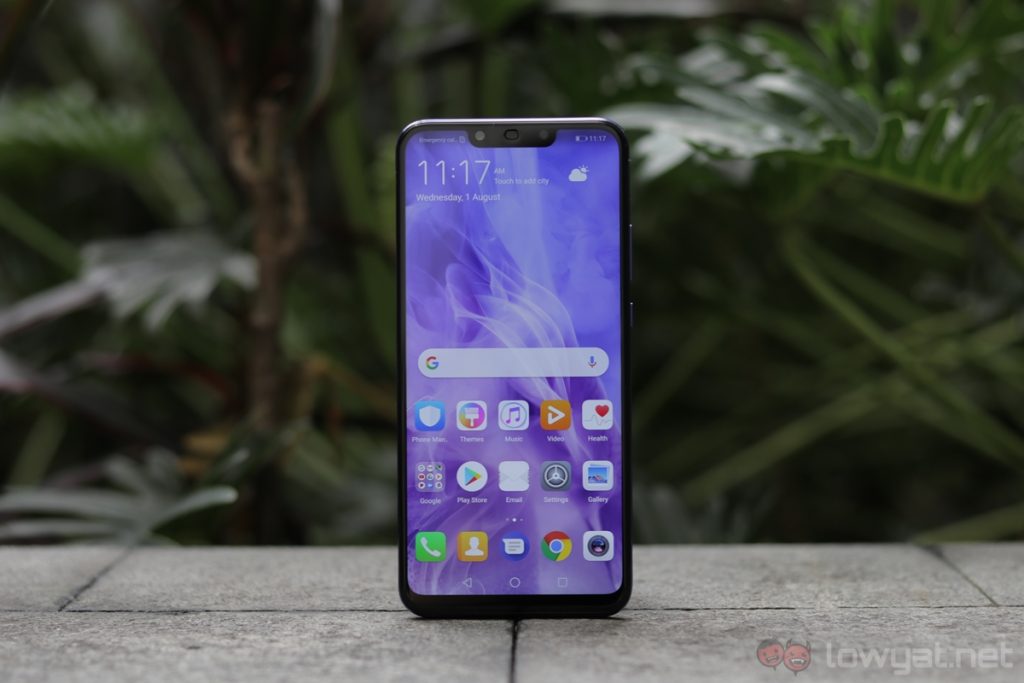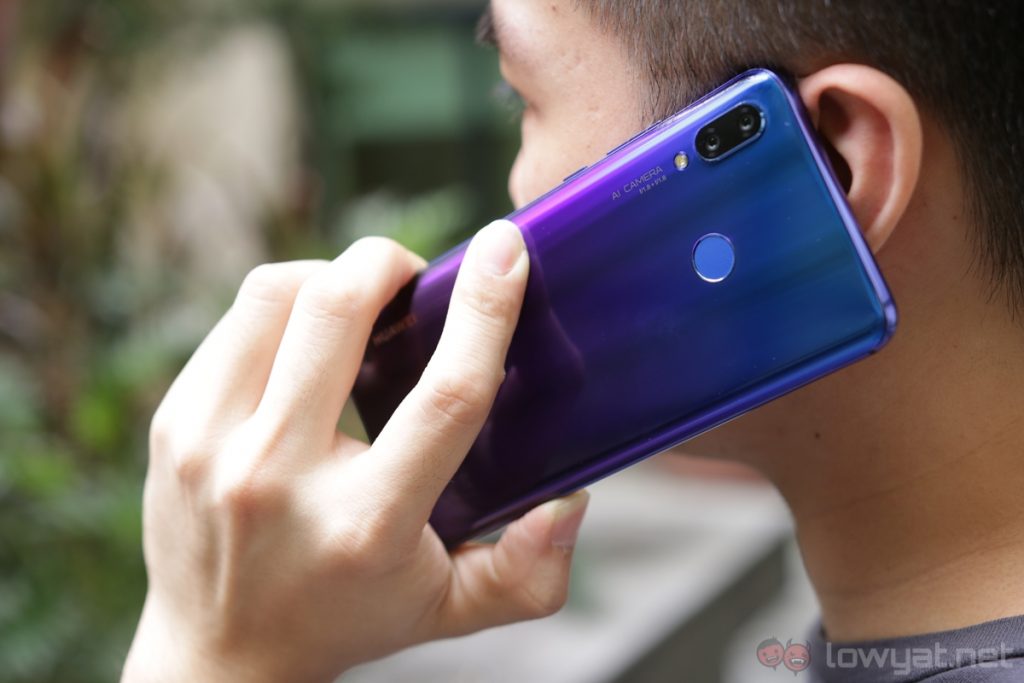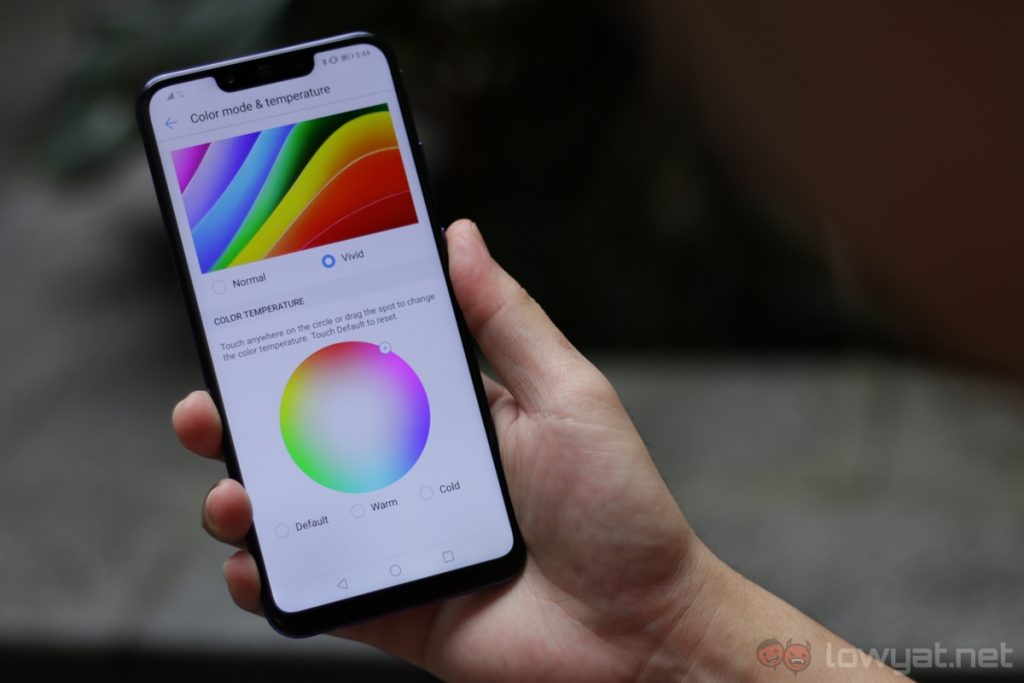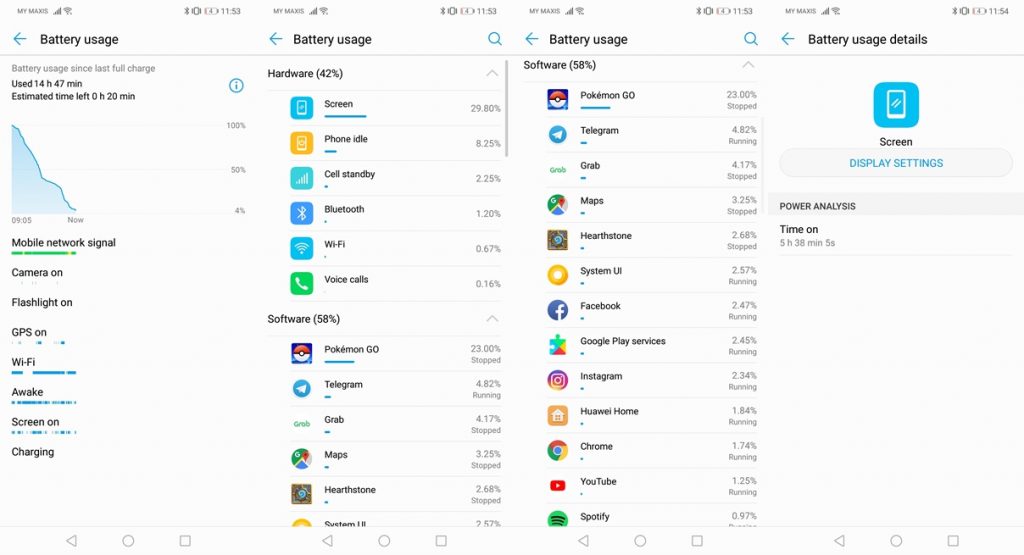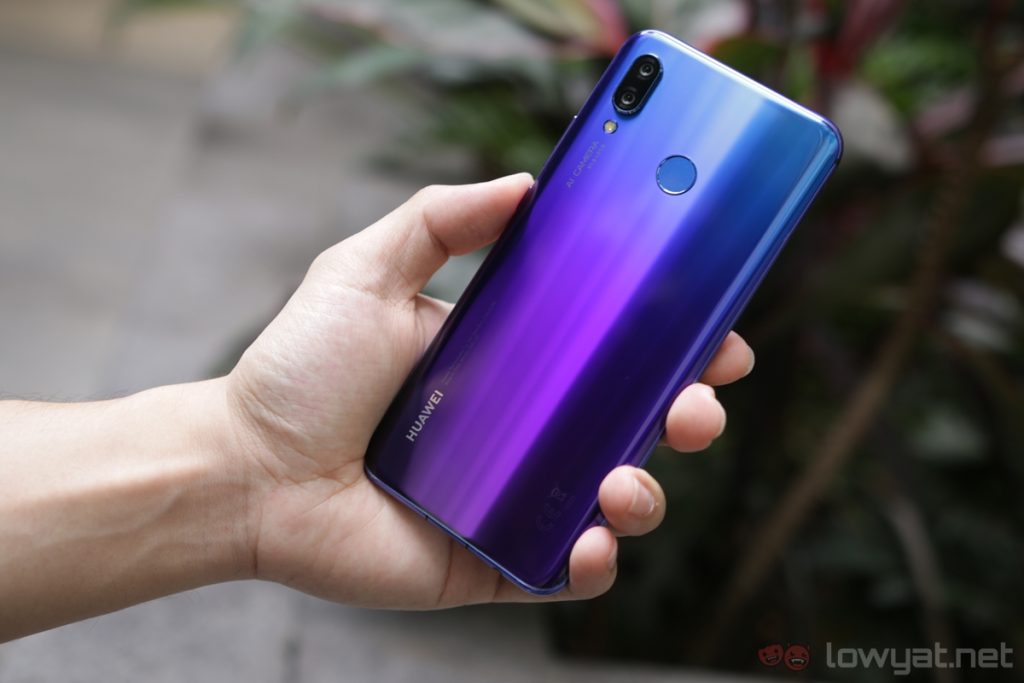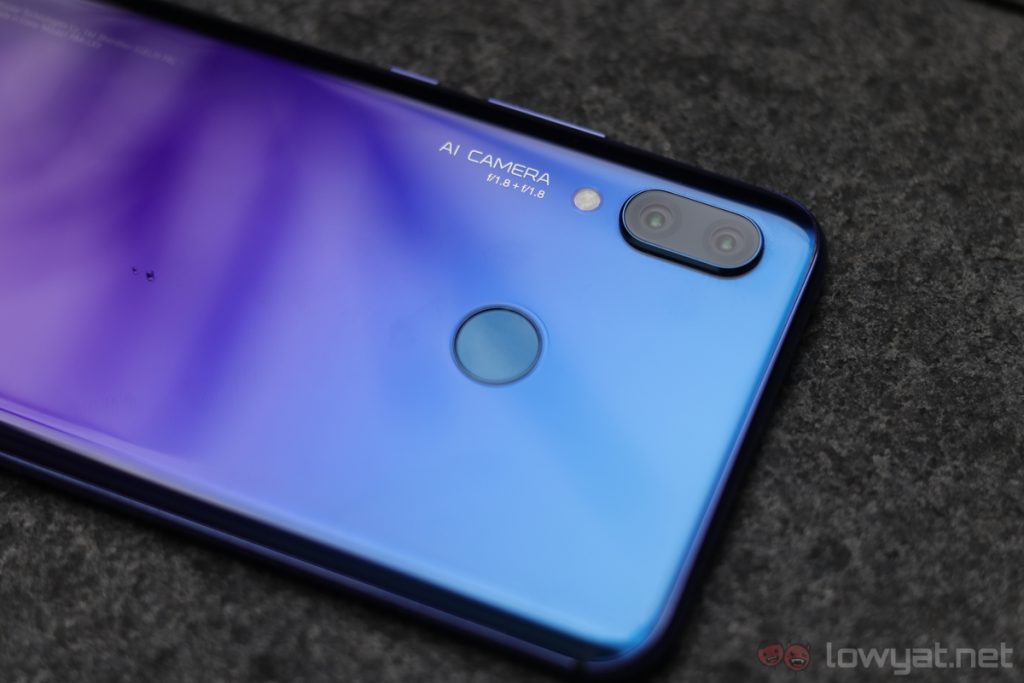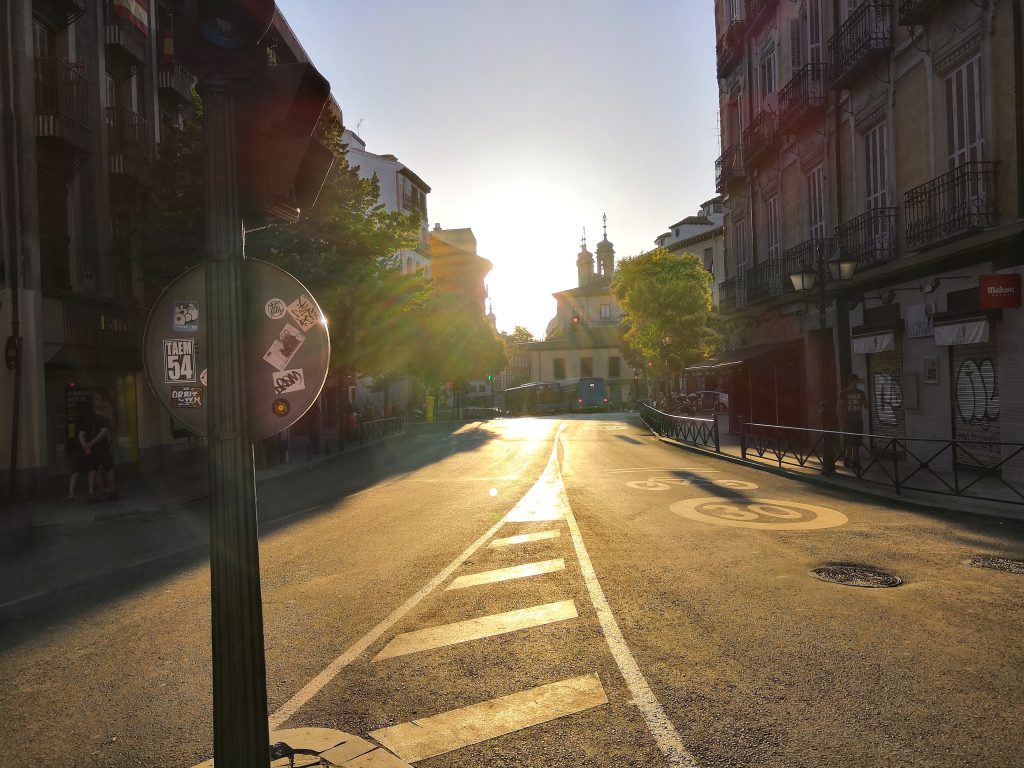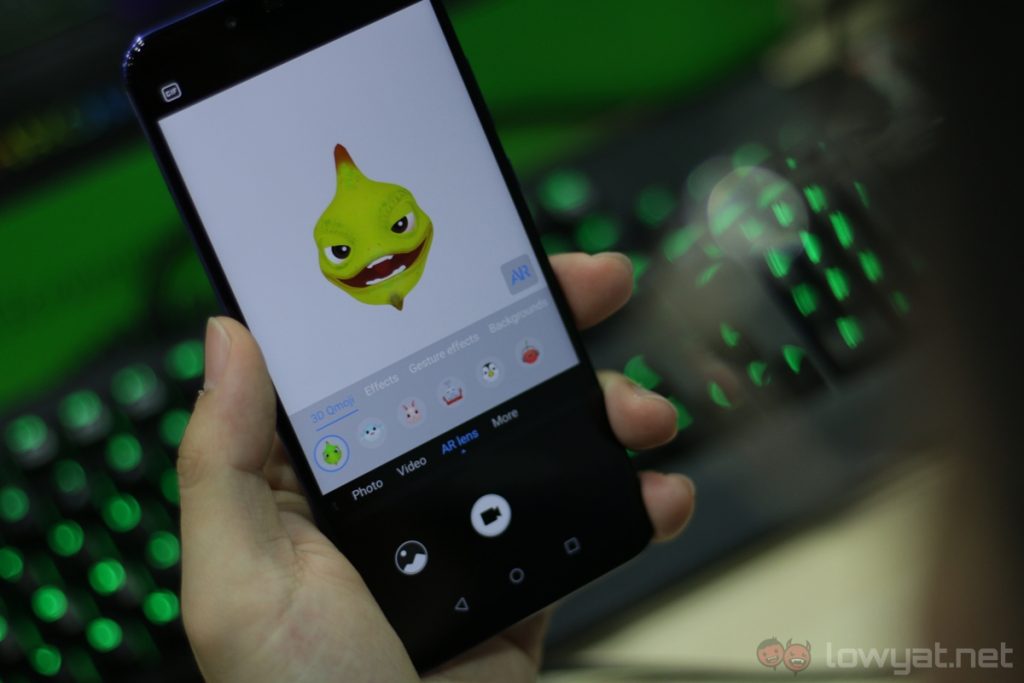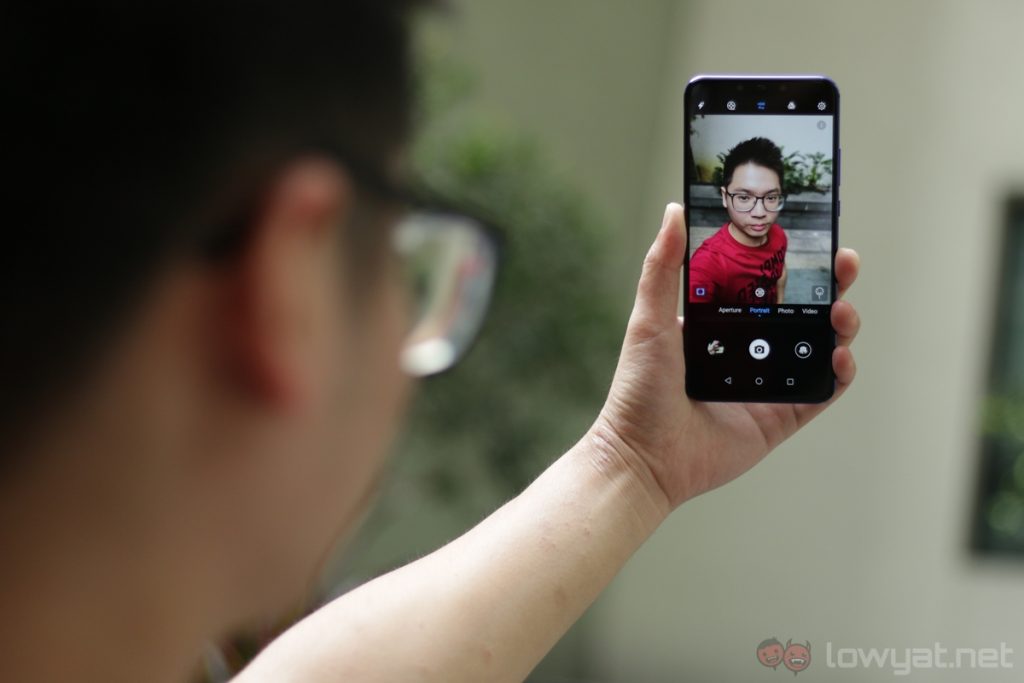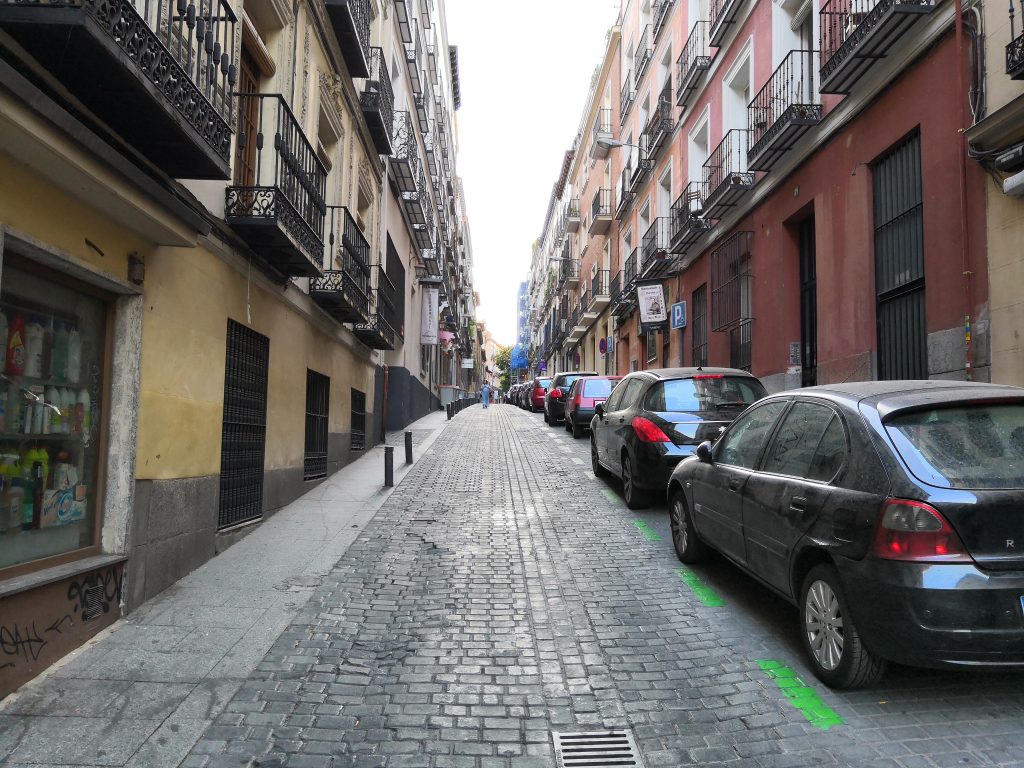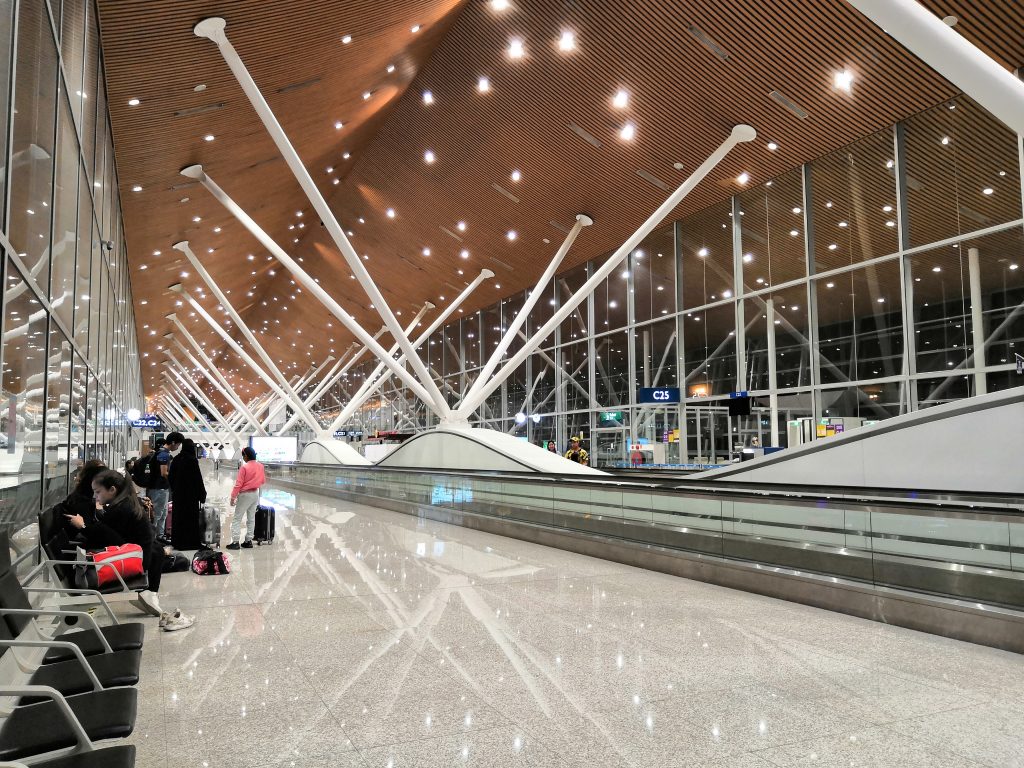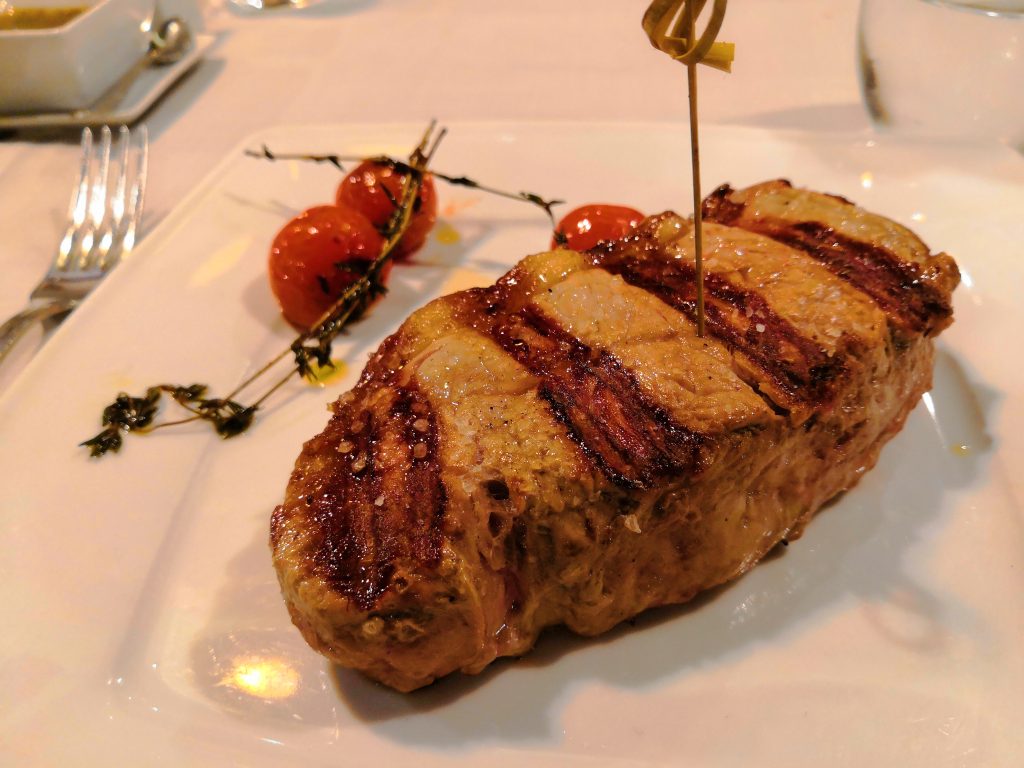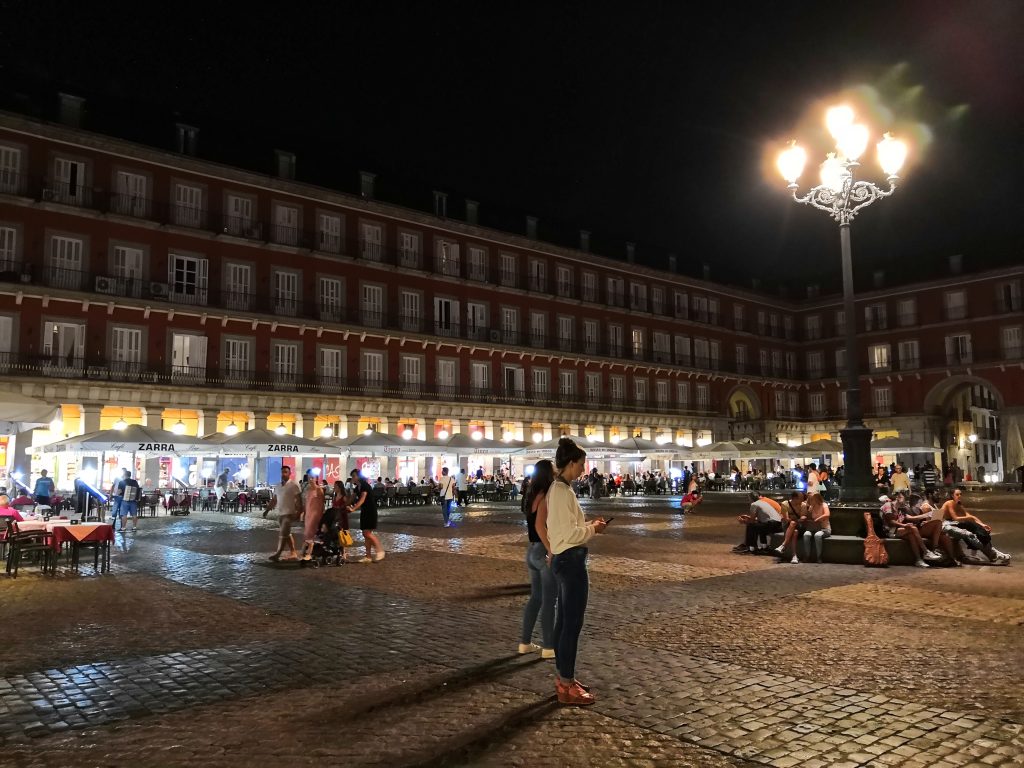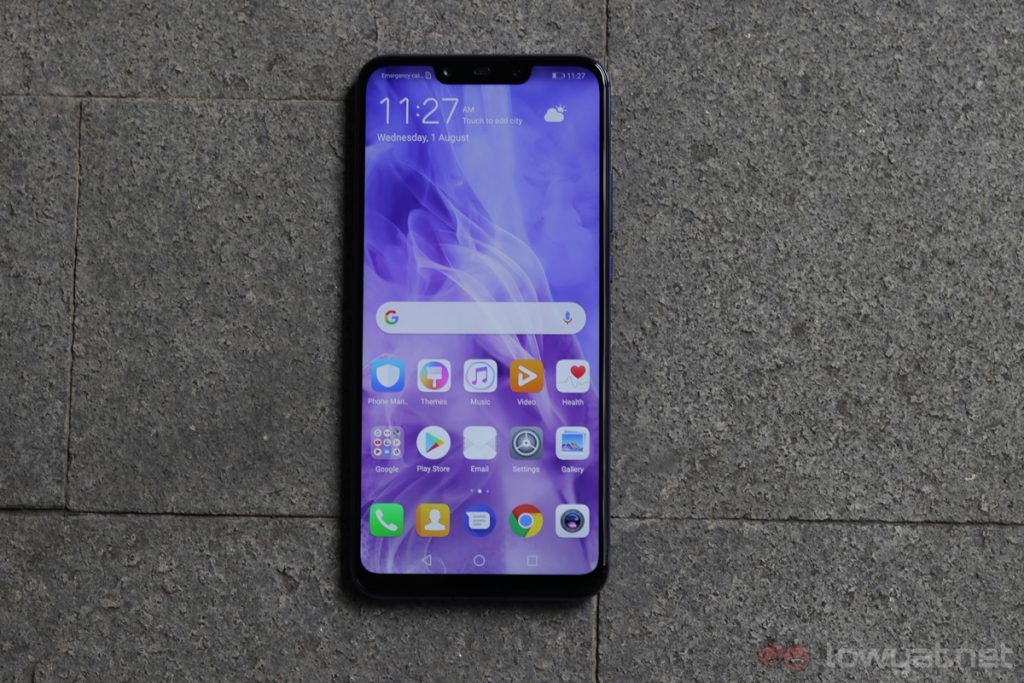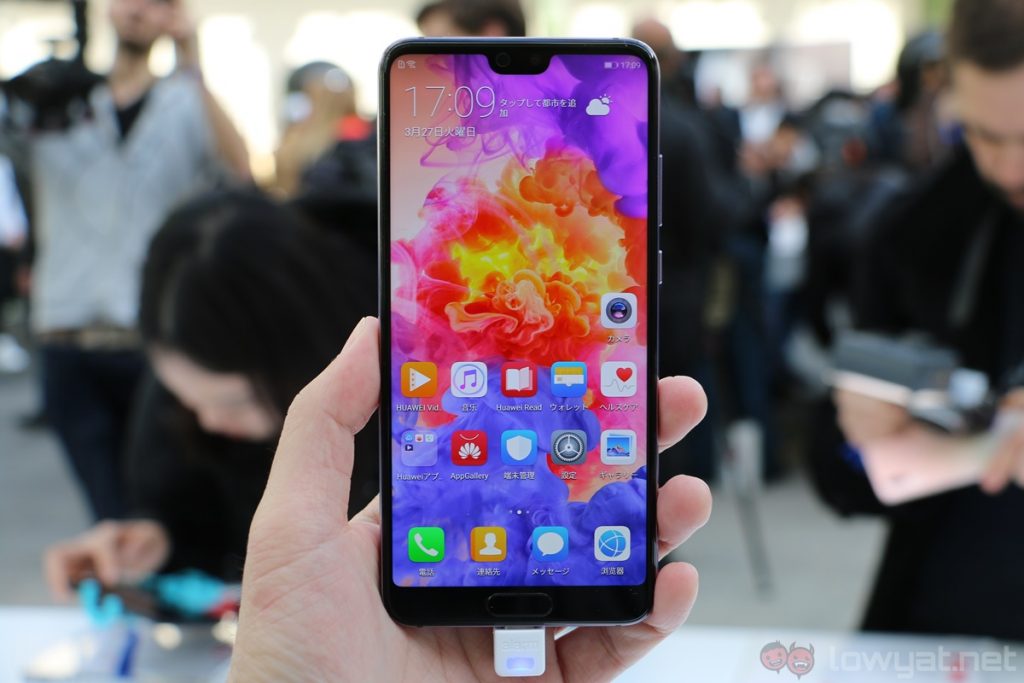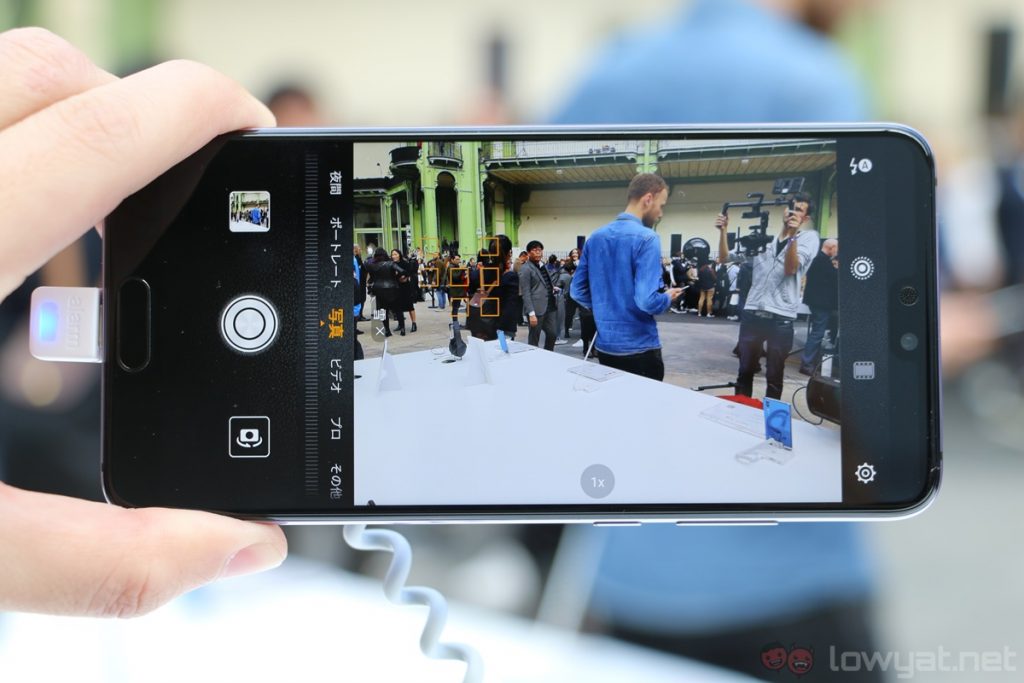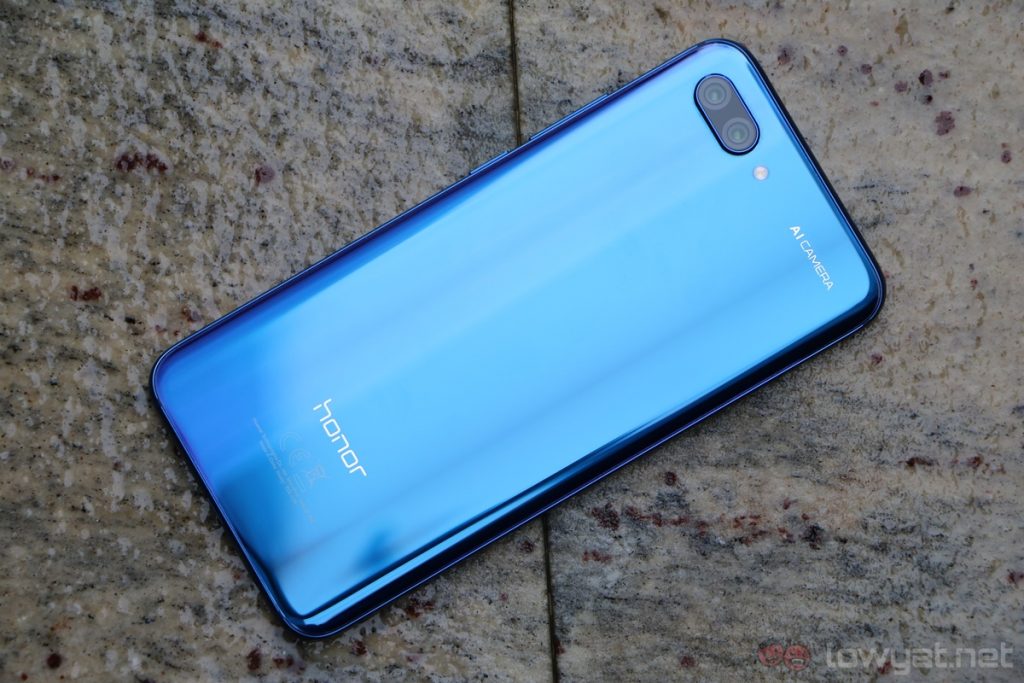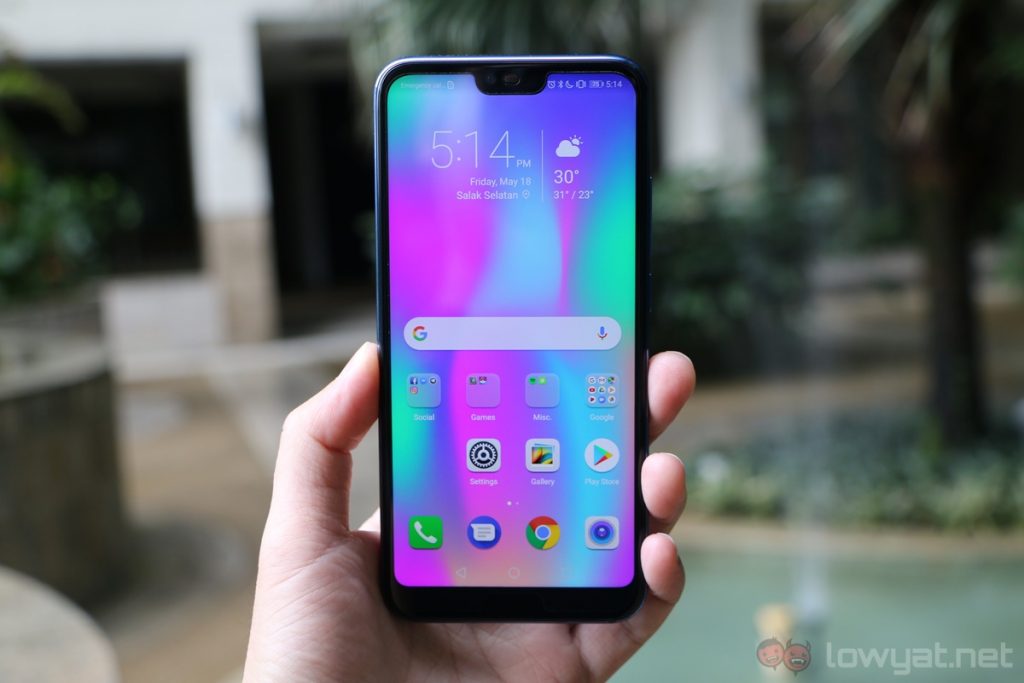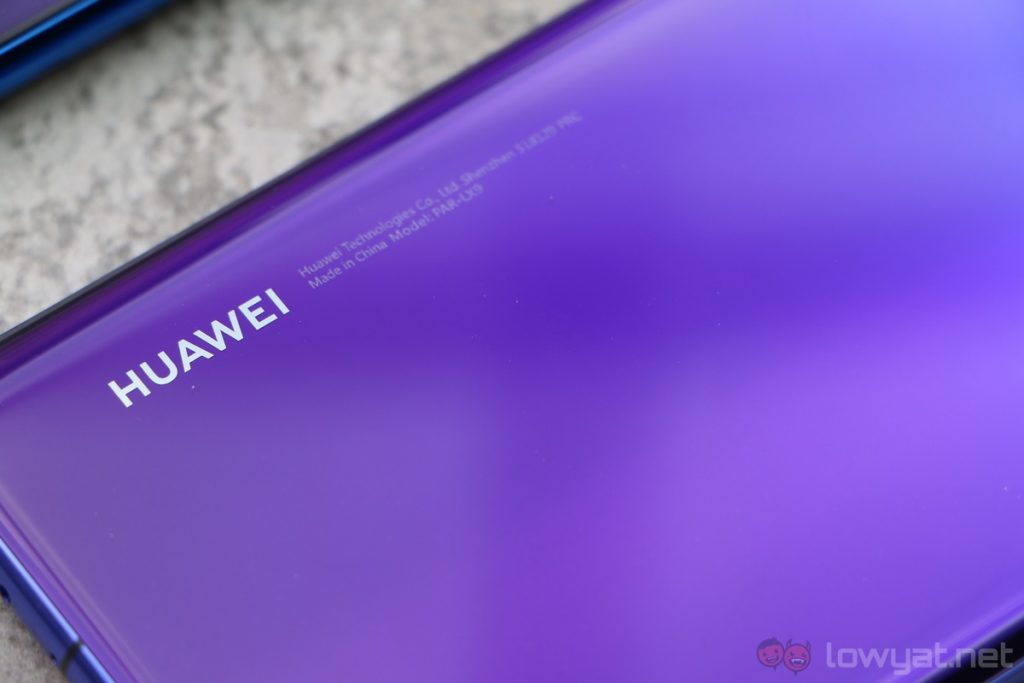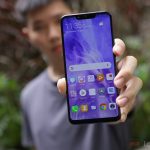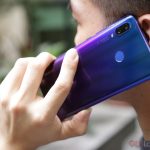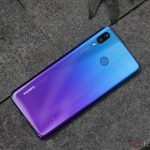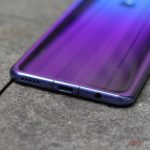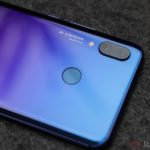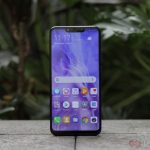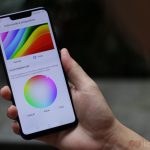The Huawei Nova series has always been marketed as a mid-range offering. This, in turn, makes the new Huawei Nova 3 a very interesting smartphone. Not only does it have hardware found on the company’s more premium devices, it offers plenty value for money too; something Huawei is doing very well in recent times.
In fact, the Nova 3 is almost a flagship-tier smartphone – almost. Even though it looks good on paper, there are a couple of areas Huawei can still improve upon with the Nova 3.
Specifications
Like the Huawei P20 and Mate 10 series, the Nova 3 is powered by the Kirin 970 chipset – Huawei’s best SoC to date. Without a doubt the Nova 3 has the performance level of a flagship smartphone, and it’s plenty fast in all sorts of usage scenarios.
On top of that, our market also gets the Nova 3 with 128GB of internal storage and 6GB of RAM. If that’s not enough storage for you, there’s even a microSD card slot for further expansion. Not many phones in the market now supports expandable storage, so it’s a nice feature to find on the Nova 3.
Design
Huawei seems to have taken some design inspirations from the P20 Pro with the Nova 3. Much like its more premium sibling, the Nova 3’s glass back has a sleek-looking, gradient colourway. Our review unit is the Iris Purple model, and the two-tone finish definitely gives it a unique aesthetic.
One of the most unique-looking mid-range smartphones in the market now.
Aside from that, I’m also quite a fan of the Nova 3’s minimal bottom bezel. I’ve said it before, and I’ll say it again: this is a huge improvement over the P20 phones’ much chunkier bottom bezel, which had to accommodate a front-facing fingerprint sensor. This isn’t an issue with the Nova 3, of course, as it has a rear sensor instead.
That being said, the Nova 3’s display notch could’ve been better designed. Unlike the P20 phones’ smaller notches, the Nova 3’s wider notch means that some notifications are hidden by it. However, there is a simple fix for this: I opted to hide the carrier name. This leaves much more space for notifications to be displayed.
A much too wide notch – with a simple fix.
Beyond the small issue with the wide notch, the Nova 3 is a pretty well-designed smartphone. It’s comfortable to hold, it feels premium, and it has great build quality. On top of that, it even has the increasingly rare 3.5mm headphone jack – you won’t need any dongle to use your earphones with the Nova 3.
Mid-range phones don’t usually have any standout design element, but the Nova 3’s gradient colourway and premium look – and feel – make it one of the most unique-looking smartphones in this segment. You’d be hard-pressed to find a phone as eye-catching as the Nova 3 in this price range.
User Experience
EMUI 8.2 on the Nova 3 is quite similar to the software experience of the P20 Pro and honor 10. There’s no app drawer, there are several bloatware – though they can easily be hidden in a folder or uninstalled – and as a whole, EMUI actually feels pretty lightweight.
Throughout the review period, the Nova 3 is fast and zippy. The Face Unlock feature works seamlessly, and thanks to the infrared sensor, it works even in complete darkness. If you don’t particularly like the Face Unlock feature, worry not: the rear fingerprint sensor is lightning fast, as expected of Huawei.
Speedy Face Unlock, equally fast fingerprint sensor.
Oh, I also love the fingerprint sensor gestures. Swiping down on it to bring down the Notification Shade is very intuitive and convenient.
Switching between multiple apps and multitasking proved to be no issue for the Nova 3 too, and gaming on it is naturally very enjoyable. That being said, PUBG Mobile didn’t run as well as I thought it would on the phone. A Snapdragon 845 device, for one, can run the game noticeably better with higher frame rate.
The Kirin 970 chipset is showing its age.
As good as the Kirin 970 chipset is, it’s been almost a year since its debut with the Huawei Mate 10 series – it’s certainly showing its age. Nonetheless, the Nova 3 is still a plenty capable smartphone.
Next, we have the Nova 3’s display. Sporting a 6.3-inch Full HD+ LTPS display, it’s quite a good screen…for the most part. Right out of the box, the display has a cool tinge, but thankfully, I can adjust the display temperature relatively easily in the settings. Aside from this small issue, it’s really quite a good screen. Colours are vibrant, viewing angles are good, and it’s sharp enough for day-to-day usage.
Battery life is also quite impressive on the Nova 3. Packed with a 3,750mAh battery, I can easily get between five to six hours of screen on time with this phone. That’s definitely above average, and I almost never need to charge the phone in the middle of the day.
Great battery life, average charging speed.
But then we have the Nova 3’s charging speed. Although it supports quick charging, it’s not quite the same as Huawei’s SuperCharge technology on the company’s more expensive phones. Within 30 minutes of charging, the Nova 3 only got up to 30% – not very impressive.
As a whole, I enjoyed using the Nova 3 as my daily driver. I love the phone’s long battery life, and for a mid-range smartphone, the Kirin 970 – while not on the same level as Qualcomm’s latest Snapdragon 845 SoC – offers really, really good performance.
Camera
Considering just how impressive the P20 Pro’s Leica triple-camera system was in our review, I was really curious if Huawei can do the same with the Nova 3’s 16MP RGB + 20MP monochrome dual-camera setup. Obviously, the company knows a thing or two when it comes to photography – so how good is the Nova 3’s camera performance?
Impressive camera performance for a mid-range device.
Well, pretty darn impressive, especially for a mid-range smartphone. Regardless of lighting conditions, the Nova 3 can return good shots without much trouble. The Master AI feature – which automatically recognises and enhances up to 22 different scenes – really does work very well.
However, I did come across a couple of issues with the Nova 3’s camera. There are some performance inconsistencies here and there (especially with high contrast scenes), and Huawei’s algorithm does have a tendency to oversharpen certain images. But overall, the Nova 3 does have a very capable camera system – at least, in this price range.
Qmoji is fun, but ultimately lags behind Apple’s Animoji.
Another feature that Huawei highlighted quite a bit is the Nova 3’s “Qmoji.” Yes, it’s basically the company’s answer to Apple’s Animoji. For the most part, it’s an entertaining feature, but it’s not quite as polished as Apple’s implementation. Animoji is simply superior in both user experience and lifelikeness.
When it comes to portrait photography, the Nova 3 is a decent performer. The dual-camera system on the back can separate the background and subject relatively well, and the bokeh simulation is quite decent too. However, Portrait Mode with the rear cameras does have a tendency to produce noisier images.
Good, but not incredible Portrait Mode.
As for the Portrait Mode on the front-facing 24MP + 2MP dual-camera system, it’s also pretty darn good. It can return sharp, vibrant images, and the bokeh simulation – while not quite as refined as the two rear cameras – looks decent enough.
 Portrait Mode with the rear cameras (top) and selfie shooters.
Portrait Mode with the rear cameras (top) and selfie shooters.
Not many phones in the mid-range segment have a camera system as good as the Nova 3’s 16MP + 20MP sensors. Although it’s not quite on the same level as a flagship smartphone’s camera performance, it’s definitely one of the best phone cameras in this price range.
Sample Images
Competition
Retailing at RM1,899, the Nova 3 is not by no means an affordable mid-range smartphone. However, it does have hardware that are almost on par with certain flagship devices, which make up the majority of its competition.
Huawei P20
The Nova 3 share a number of similarities with the higher-end P20. Both devices run on the Kirin 970, they have notched displays – though the P20 has a smaller notch – they offer identical software experience, and they have similar build quality.
However, the P20 feels more premium than the Nova 3, and the former also offers better camera performance. On top of that, you can get the P20 for about the same amount of money now too – it’s currently going for as low as RM1,979.
But if you like the Nova 3’s gradient glass back, the P20 does not offer the same design – the Twilight colourway is only available on the costlier P20 Pro. On top of that, the P20 also lacks a microSD card slot, not to mention only 4GB of RAM compared to the Nova 3’s 6GB RAM.
honor 10
Another smartphone with a Kirin 970 chipset is none other than the honor 10, and it has a couple of advantages over the Nova 3. Not only is it more affordable than the Nova 3 – it goes for only RM1,599 – it also has faster charging rate.
Then again, you are getting what you pay for with the Nova 3. It has superior camera performance, better battery life, support for expandable storage (along with 6GB of RAM compared to the honor 10’s 4GB RAM), and arguably better design too.
Of course, whether or not all of these is worth paying the extra RM300 for the Nova 3 is entirely dependent on each individual consumer.
Conclusion
The Huawei Nova 3 punches well above its weight. Despite its positioning as a mid-range smartphone, it can rival certain flagship devices in many areas. But don’t get the wrong idea: the Nova 3 still isn’t as capable as the best flagship smartphones.
In the mid-range segment, however, the Nova 3 definitely stands out as one of the best smartphones in its class and price range. It has great camera performance, long battery life, sleek design, and most of all, good value for money.
The Nova 3 is one of the best phones in its class.
Those who are looking to get a sub-RM2,000 Android phone should give the Nova 3 a consideration or two. It’s Huawei’s most exciting Nova device yet, and it’s a sleek, unique-looking phone to boot.
Photography by Soh Li Jin and Ming Hoo.
Follow us on Instagram, Facebook, Twitter or Telegram for more updates and breaking news.

